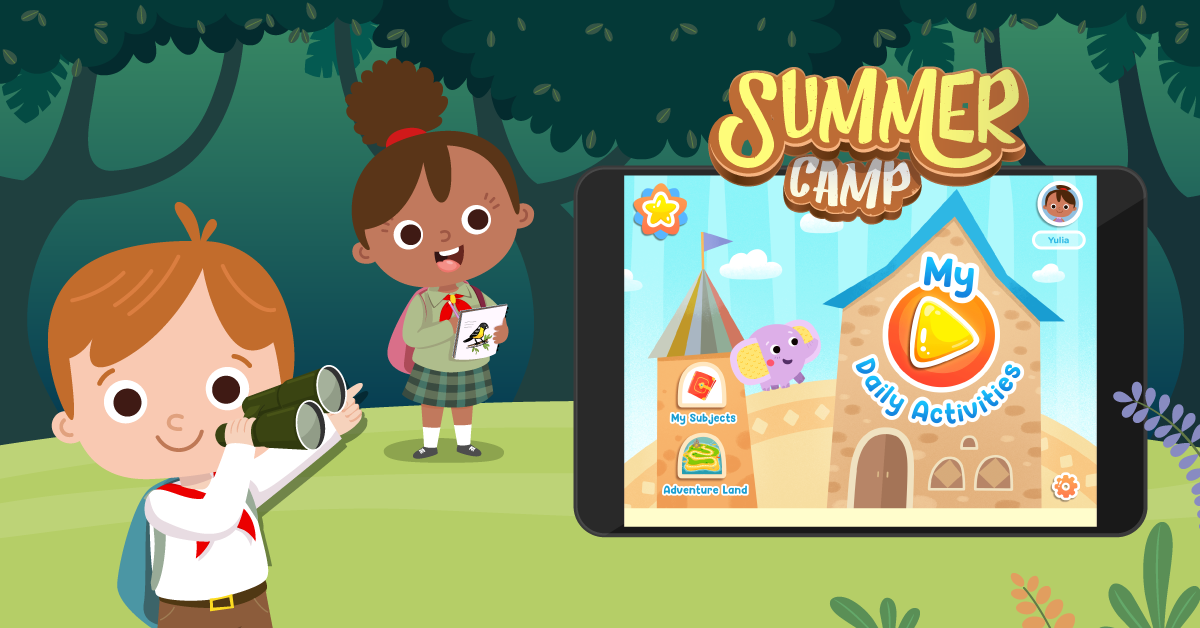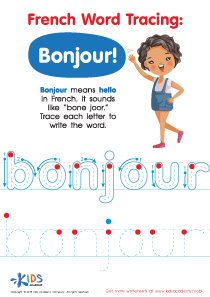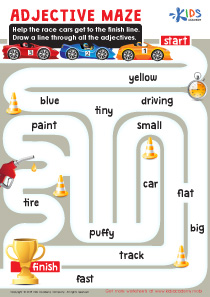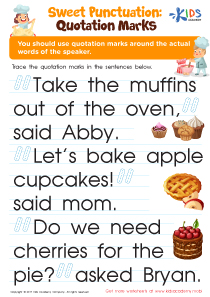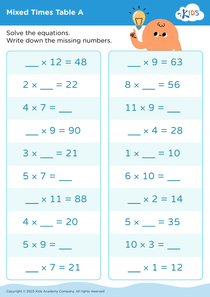Understanding plurals Extra Challenge Writing Worksheets for 6-Year-Olds
3 filtered results
-
From - To
Enhance your child's writing skills with our "Understanding Plurals Extra Challenge Writing Worksheets" designed specifically for 6-year-olds! This collection features engaging and creative activities that make learning about plurals fun and interactive. Through vibrant illustrations and thought-provoking prompts, students will practice transforming singular nouns into their plural forms, solidifying their understanding of this essential grammar concept. These worksheets encourage critical thinking and creativity, allowing children to express themselves while mastering the rules of pluralization. Perfect for any learn-at-home curriculum or classroom supplement, these worksheets are a fantastic way to support young learners in their educational journey. Explore today!
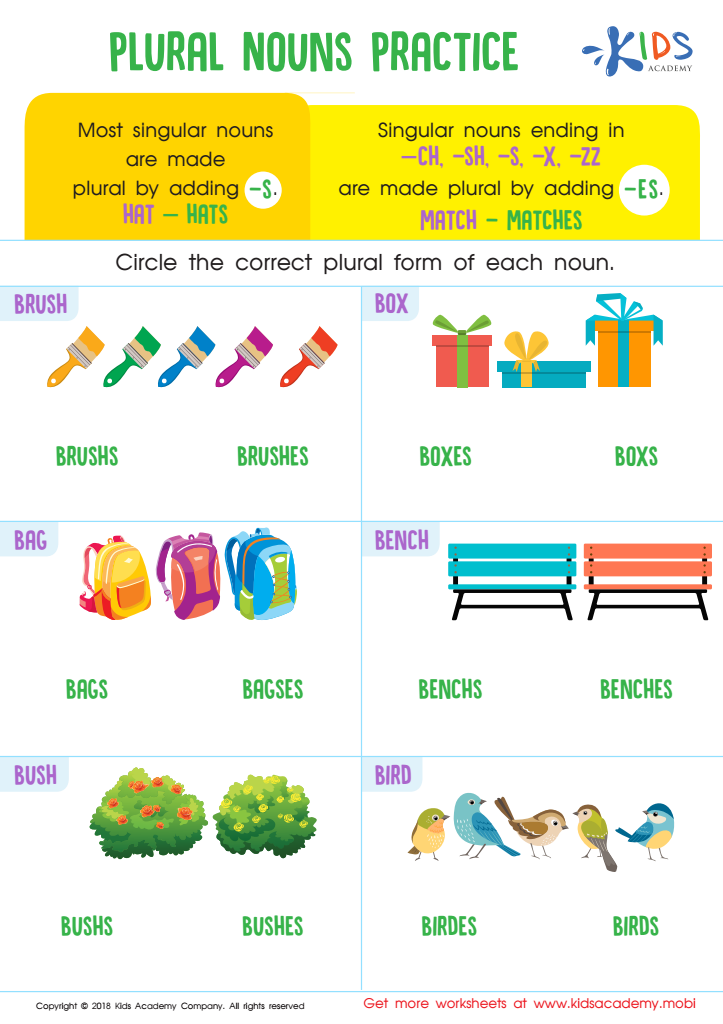

Plural Nouns Practice Worksheet
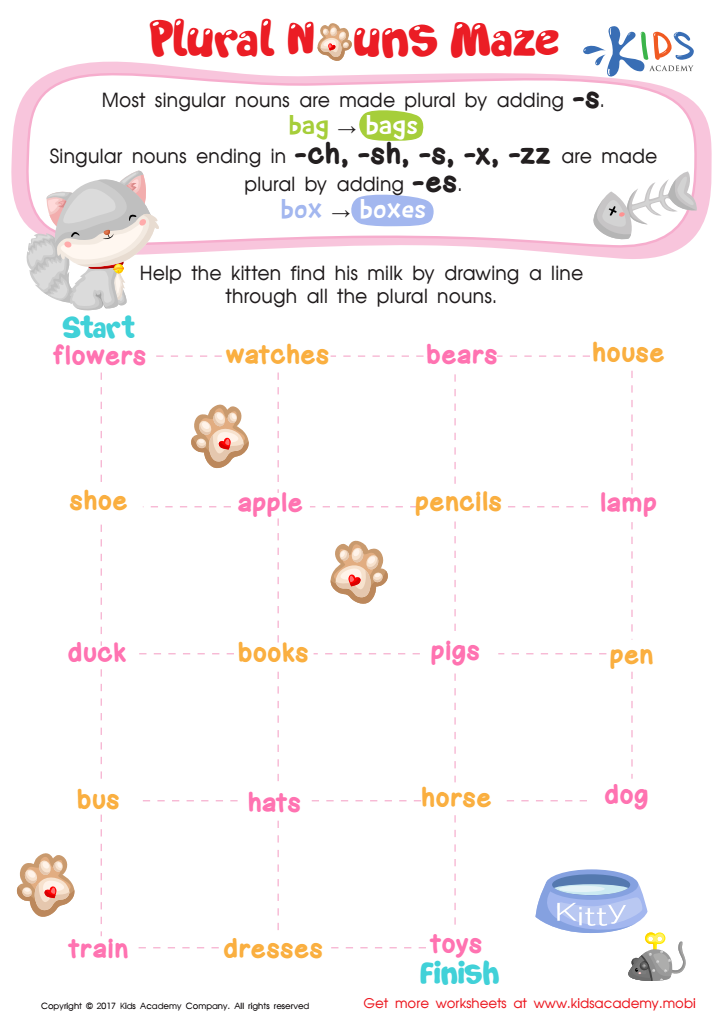

Plural Nouns Maze Worksheet
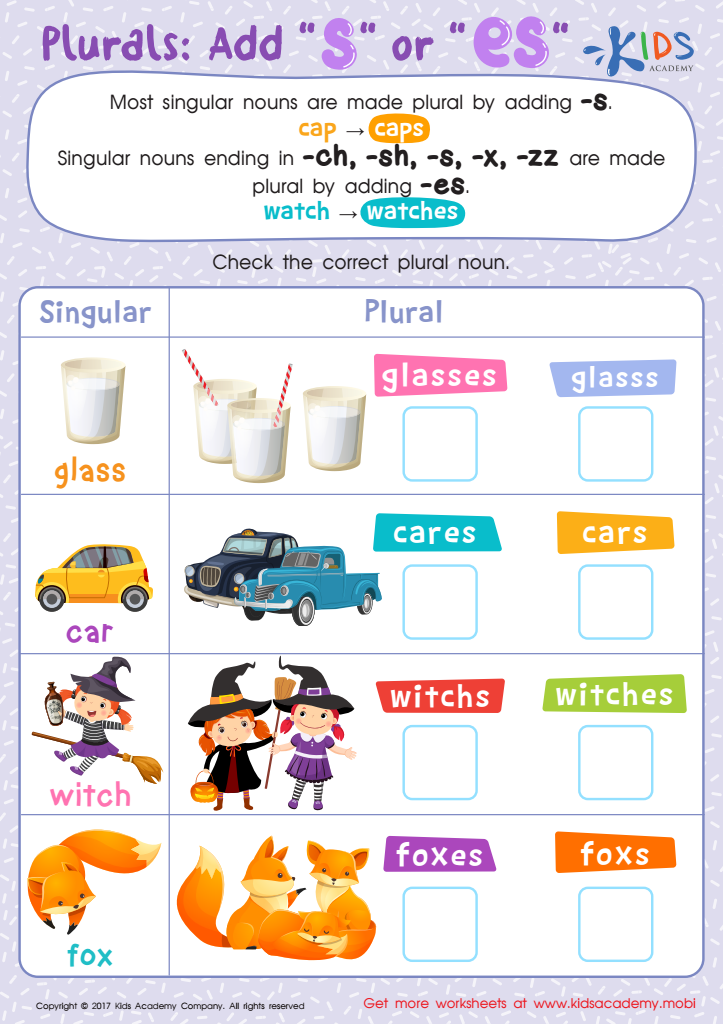

Plurals: "–es" or "–es"? Worksheet
Understanding plurals is essential for young learners, particularly for 6-year-olds, as it lays the foundation for their language development and communication skills. When children grasp the concept of plurals, they learn to express quantity and differentiate between one and many, enhancing their writing and speaking abilities. This understanding enriches their vocabulary and helps them become more precise in their descriptions.
Parents and teachers play a critical role in promoting this knowledge. When they emphasize plural words in conversations or writing activities, children can better internalize these concepts. Engaging young learners in fun and interactive activities, such as sorting objects or creating plural forms of words through games, makes learning about plurals enjoyable and effective.
Moreover, helping children learn plurals fosters their confidence in using language. As they understand that some words change more than just adding an "s" or "es," they develop critical thinking skills when approaching language rules. Ultimately, nurturing an early understanding of plurals can enhance reading comprehension, writing fluency, and overall literacy, setting a strong foundation for future academic success. For parents and teachers, investing time in teaching plurals is an essential step in fostering well-rounded communication skills in young children.
 Assign to My Students
Assign to My Students






